Alexandria, Egypt’s second largest city, is a treasure trove for lovers of both history and culture. The city on the Mediterranean coast is renowned for its rich heritage, fascinating sights and unique atmosphere. Alexandria not only preserves the history of Egypt, but has also been a prominent player in world culture. The city has a wonderful mix of historic sites, crumbling old colonial buildings, a long coastline and of course Alexandria’s modern library, one of the largest in the world. This guide has everything you need to know to visit the city.

Did you know? Alexandria is a miniature and more manageable version of Cairo on the Mediterranean coast
TIP: alexandria-archeological-day-tour-by-a-storyteller
History
Alexandria’s history goes back over 2000 years and is full of interesting twists and turns. The city was founded in 331 BC by Alexander the Great, who made it one of the most important commercial and cultural centres of the Mediterranean. Alexandria was famous for one of the Seven Wonders of the Ancient World, the famous Alexandrian Lighthouse (Pharos), and the Bibliotheca Alexandrina library, a centre of science and knowledge. Over the centuries, the city has been a meeting point for many cultures and has played a decisive role in the development of science and art.
Visit
Location of the Lighthouse of Alexandria: The Qaitbay Citadel is an impressive citadel that can easily fool visitors with its modern appearance.
In reality, however, it was built by a sultan in the 15th century and is one of the most beautiful historical sites in Alexandria. The citadel’s three-storey main building includes a small but beautiful mosque, which extends from the ground floor into an elegantly constructed dome.

Although the attic is closed to the public, a walk along the city walls reveals a stunning panorama: the endless blue of the Mediterranean, the eastern harbour and the cityscape of Alexandria.
The citadel stands on a truly historic site – right where the famous Alexandria Lighthouse once stood, one of the Seven Wonders of the Ancient World.Like the Tower of Babel, whose exact location is still a matter of debate in Iraq, the original site of the lighthouse is not entirely certain.But the most likely hypothesis is that it was hidden under one of the walls of the citadel.
Visitors can still see some of the ancient foundations discovered during the excavations, which may have been the remains of the original lighthouse.
Alexandrian Serapeum and Pompey’s Column
Pompey’s Column is a famous archaeological site in Alexandria, known not only for its monumental column but also for the smaller sculptures around it, including a pair of sphinxes. Interestingly, the column has nothing to do with Pompey – the name is the result of a misunderstanding.

The column was erected in honour of the Roman Emperor Diocletian between 298 and 302 AD, but due to a misinterpretation of a damaged Greek inscription, it was long thought to be associated with the 1st century BC generals Pompey. The misnomer has persisted ever since.
Although the column itself is not particularly spectacular, the contrast between the ancient and modern city makes the site special. The surrounding residential blocks and ancient ruins together make an interesting picture.
One of the most fascinating parts of the site is the Serapeum, which was once a Greek temple belonging to the Library of Alexandria. Among the remains of the building, underground tunnels have been excavated, which some theorise hid part of the legendary library.Today, these tunnels can be visited and give an insight into the rich history of Alexandria.
The Modern Library of Alexandria – The Rebirth of Knowledge In 2002, the Egyptian government completed the construction of the Modern Library of Alexandria, which is not only a modern library and cultural centre, but also a tribute to the memory of the former Great Library of Alexandria. The original library was destroyed in the 3rd century AD and for centuries was a lost symbol of knowledge. The project to revive it began in 1974 and was supported by organisations such as UNESCO and the UNDP, as well as the then Egyptian President Hosni Mubarak.
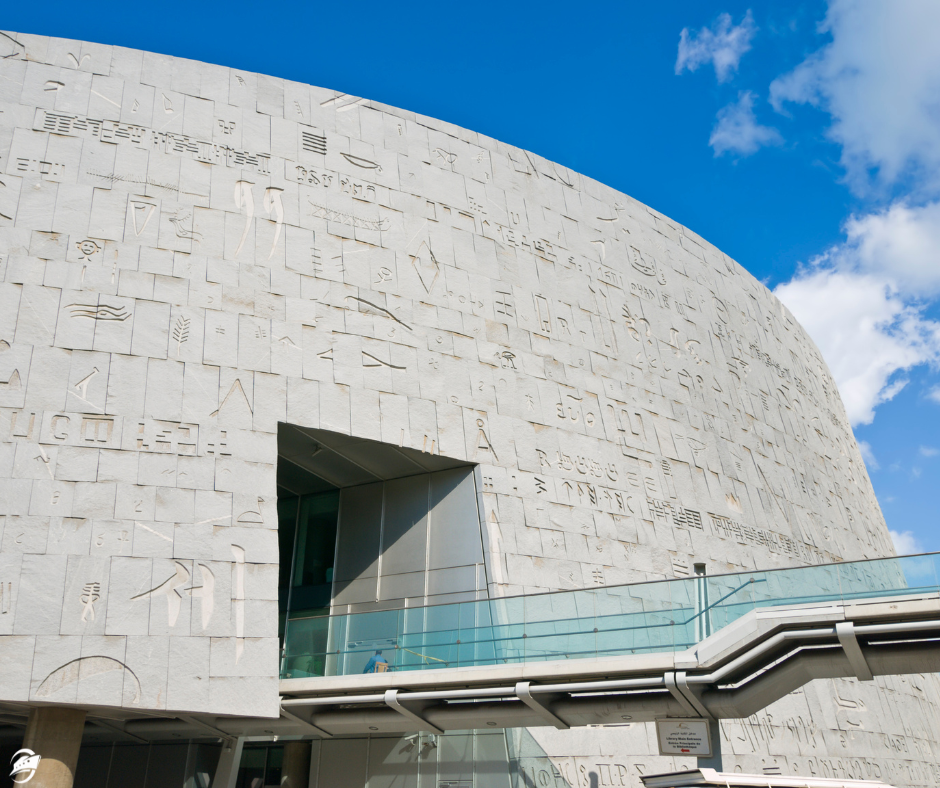
The modern library is impressive in size – over 8 million books, rare scrolls, a planetarium and several museums. One of the building’s most distinctive features is its monumental façade, decorated with symbols of the world’s different writing systems.
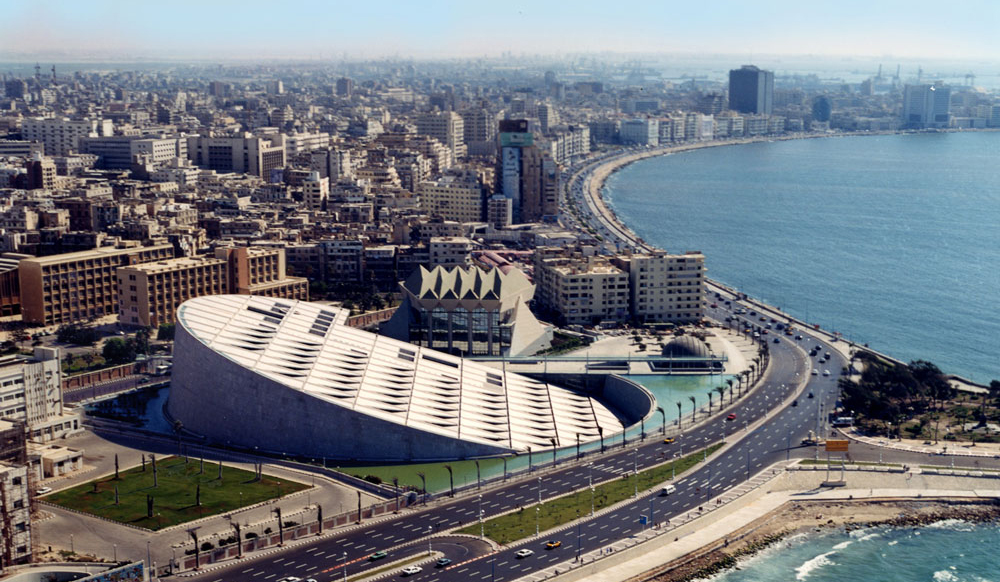
Visitors are free to roam the many parts of the library and admire the historical collections. One of the most interesting exhibits is Egypt’s first printing press, which played a key role in the spread of printed knowledge. The Library of Alexandria is not only a symbol of respect for the past, but also a symbol of commitment to science and culture.

Kom el-Dikka: The ruins of the ancient Roman theatre, where you can see unique mosaics and columns.It invites you on a journey back in time to get an insight into the daily life of the
Romans.Montaza Palace and its park. The seaside palace is set in a beautiful green and airy setting.
Alexandria’s markets. The markets are full of colourful and lively markets, full of bustling markets, with plenty of shops and restaurants. A special feature of Alexandria’s markets is the abundance of fresh fish and seafood. If you’re staying in a place with cooking facilities, markets are great places to pick up the day’s catch to take back for dinner.

Attractions in the area
Abu al-Abbas al-Mursi Mosque: The Abu al-Abbas al-Mursi Mosque is one of Alexandria’s most impressive religious buildings, and is actually a complex of three ancient Islamic buildings. This imposing complex of buildings is not only of religious significance, but is also one of the most beautiful mosques in Alexandria from an architectural point of view.

Unlike most Muslim countries, both men and women are allowed to enter the main hall, a rarity. The interior of the mosque is reminiscent of other Egyptian mosques, with magnificently decorated walls, richly detailed calligraphy and delicate mosaics. From the ceiling, imposing lantern rings hang down, casting a mysterious glow over the interior, creating a mystical atmosphere.
The mosque is named after the Sufi scholar Abu al-Abbas al-Mursi, who lived in the 13th century and was one of the city’s greatest spiritual figures. His tomb still stands on the mosque grounds, making the site particularly important for followers of Sufism, the mystical branch of Islam.The mosque also bears the hallmarks of Andalusian architecture, with Moorish elements in its design.
The complex offers a special experience not only for religious pilgrims but also for those interested in Egyptian architecture and culture. The exterior of the building is spectacular, with its sandstone walls and beautiful arched entrances reflecting the elegance of ancient Arab architecture.
El-Mahmoudia canal: Walk along the canal and enjoy the unique atmosphere of the city, while enjoying the proximity of the sea.
For a more natural experience, visit the Alexandria Garden, where you can relax in the greenery and enjoy the fresh air.
One of the great things about Alexandria is that it’s fairly compact. Most of the historic attractions are within walking distance of each other, not too far from the bay. Walking also has the great advantage of allowing you to really get a feel for this beautiful old town as you move between the sights.
If you’re already in Alexandria with Victoria Cruises Residential Ship, it’s worth including a trip to Cairo, which is just 220km from Alexandria. With a short trip you can explore Cairo’s fascinating attractions such as the Pyramids of Giza, the Egyptian Museum and the Khan el-Khalili Bazaar. Read more about Cairo’s attractions here
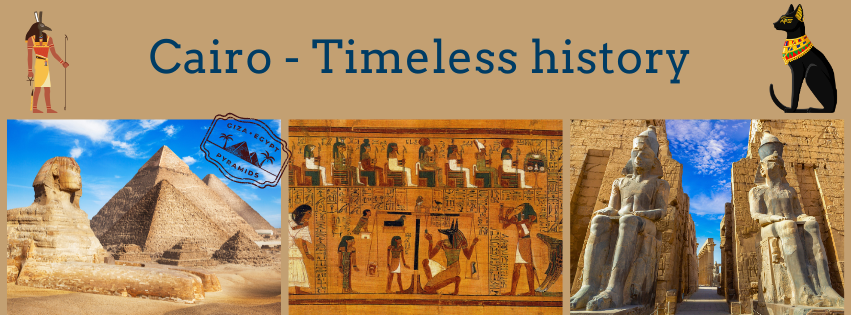
TIP: from-alexandria-port-cairo-giza-pyramids-egyptian-museum
Culinaria
Alexandria offers a delicious taste of Mediterranean cuisine. From street vendors to luxury restaurants, there are plenty of options to choose from. Try fresh seafood such as grilled fish and squid. Sweets made with peanuts and sesame seeds and pita bread also offer unique mouth-watering experiences. Don’t miss the famous Egyptian falafel (a perfect meal any time of the day) and try the kushari, one of the most popular Egyptian dishes made with noodles, lentils and rice.
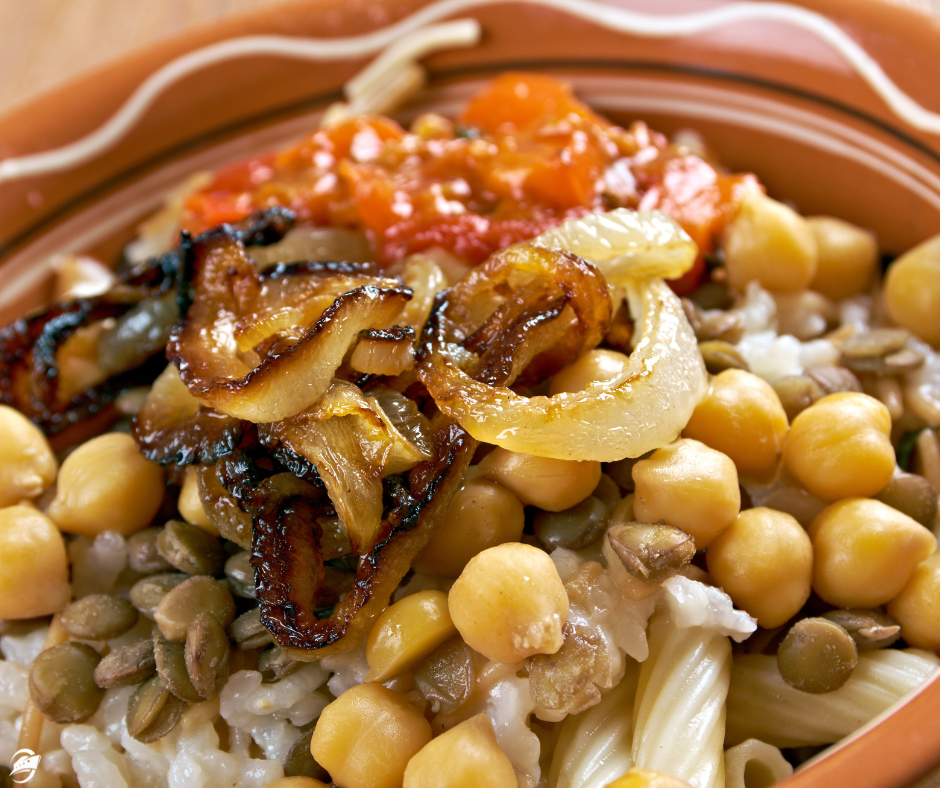
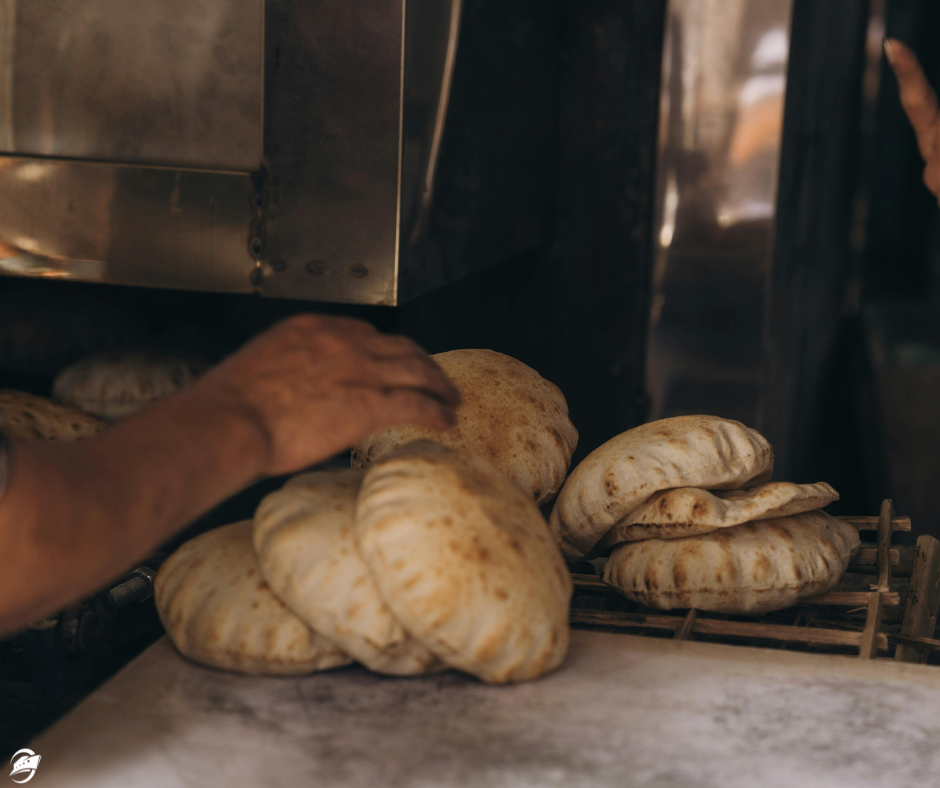
Did you know? Farouk Café 1928 – Reputedly one of the oldest tea houses in Alexandria. What’s really special about it is that they still make tea and coffee the traditional way, by placing the pot in hot sand to heat the water
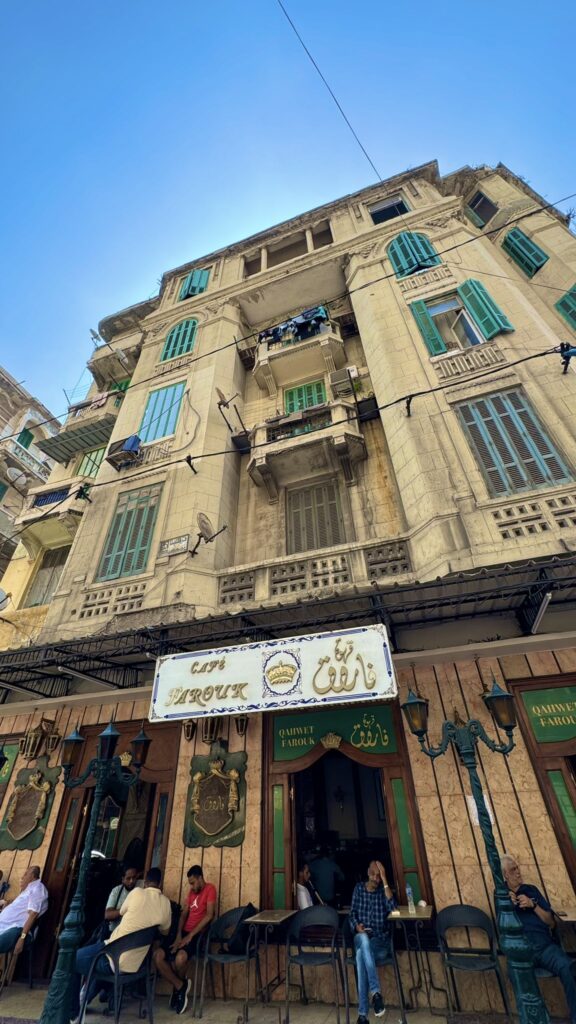
Alexandria is a blend of thousands of years of history and culture, which continues to attract visitors today with the same charm as in ancient times. The city is a wonderful meeting of past and present, offering new experiences and memories to every visitor. When in Egypt, don’t miss out on exploring Alexandria – you’re guaranteed an experience that will stay with you forever.


